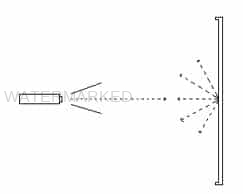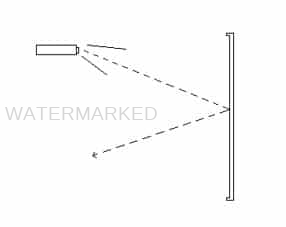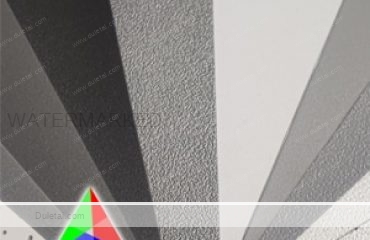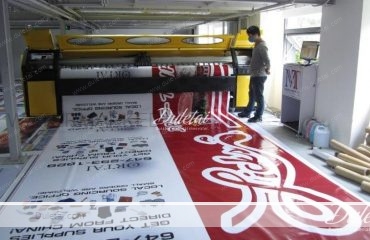
Views: 185
Diffusion screen fabric; Standard Matt white, gain ~1
Diffusion screens spread the projected light evenly over a wide viewing area.
Is the ideal choice for any application which requires a wide viewing angle or when ambient light is controllable.

Reflective screen fabric; Datalux, Pearlescent. gain ~2
Gain is obtained using a special coating that reflects light over a small viewing area.
Light rays projected on the screen are reflected like a mirror, so that light arriving at a certian angle from
the top will be reflected at an equal and opposite angle to the bottom.
Ideal for situations where ambient light cannot be controlled.
Because of the relective properies, this screen fabric is well suited when projectors are ceiling mounted.

Retro-reflective screen fabric; High power. gain ~2.8
Retro-reflective screen fabrics have a surface which is impregnated with tiny glass beads producing
a reflected image of unequaled brightness.
With retro-reflective screen fabrics most of the light is reflected back to the source.
Ideal for situations when theres a high amount of un-controllable ambient light.
Best results are achieved when the projector is positioned on the same level as the audience, because
most of the light is reflected back along the same path.

Reversa Screens ; Rear projection. gain 5.8
Solid rear projection screens that obtain record breaking gain values
Designed to be used anywhere including in bright sunny
conditions.

LUX:
Reflected light is measured in lux.
Research has shown that approx. 400 lux is an adequate luminance value for showing images under normal light conditions.
Lux is calculated as follows:

——————————————-
Projected image area
(square m)
Example:
Using a 1500 ANSI lumen projector with the Projecta Pro wall screen 1800, matt white finish (gain 1).

——————————————-
3.24 m
(1.8m x 1.8m (HxW))
Please allow for a higher lux value if you have higher than normal ambient light (ie. direct sunlight).
Because of the uniqueness of different situations, the above advice should only be used
as basic guidelines, not as essential criteria.


